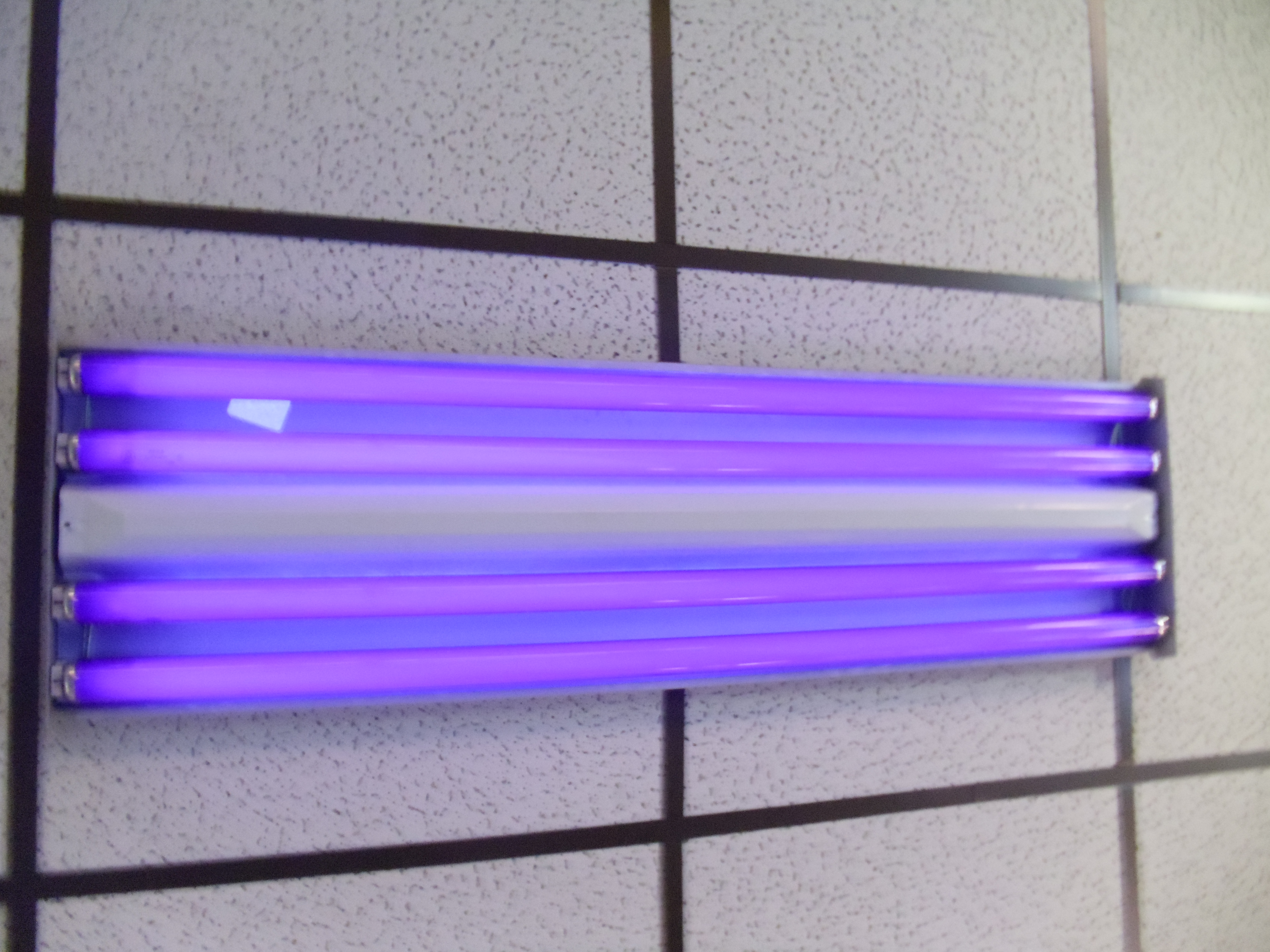|
Endothrix
Endothrix refers to dermatophyte infections of the hair that invade the hair shaft and internalize into the hair cell. This is in contrast to exothrix (ectothrix), where a dermatophyte infection remains confined to the hair surface. Using an ultraviolet Wood's lamp, endothrix infections will not fluoresce Fluorescence is the emission of light by a substance that has absorbed light or other electromagnetic radiation. It is a form of luminescence. In most cases, the emitted light has a longer wavelength, and therefore a lower photon energy, tha ... whereas some exothrix infections may fluoresce bright green or yellow-green. References {{Mycoses Animal fungal diseases ... [...More Info...] [...Related Items...] OR: [Wikipedia] [Google] [Baidu] |
Exothrix
Exothrix refers to Dermatophyte infections of the hair that infect the hair surface. This is in contrast to Endothrix, where a Dermatophyte mainly invades the hair shaft. Using an ultraviolet Wood's lamp, endothrix infections will not fluoresce Fluorescence is the emission of light by a substance that has absorbed light or other electromagnetic radiation. It is a form of luminescence. In most cases, the emitted light has a longer wavelength, and therefore a lower photon energy, tha ... whereas exothrix infections will. References * Animal fungal diseases {{disease-stub ... [...More Info...] [...Related Items...] OR: [Wikipedia] [Google] [Baidu] |
Dermatophyte
Dermatophyte (from Greek '' derma'' "skin" ( GEN ''dermatos'') and ''phyton'' "plant") is a common label for a group of fungus of ''Arthrodermataceae'' that commonly causes skin disease in animals and humans. Traditionally, these anamorphic (asexual or imperfect fungi) mold genera are: '' Microsporum'', '' Epidermophyton'' and ''Trichophyton''. There are about 40 species in these three genera. Species capable of reproducing sexually belong in the teleomorphic genus Arthroderma, of the Ascomycota (see Teleomorph, anamorph and holomorph for more information on this type of fungal life cycle). As of 2019 a total of nine genera are identified and new phylogenetic taxonomy has been proposed. Dermatophytes cause infections of the skin, hair, and nails, obtaining nutrients from keratinized material. The organisms colonize the keratin tissues causing inflammation as the host responds to metabolic byproducts. Colonies of dermatophytes are usually restricted to the nonliving cornified l ... [...More Info...] [...Related Items...] OR: [Wikipedia] [Google] [Baidu] |
Wood's Lamp
A blacklight, also called a UV-A light, Wood's lamp, or ultraviolet light, is a lamp that emits long-wave (UV-A) ultraviolet light and very little visible light. One type of lamp has a violet filter material, either on the bulb or in a separate glass filter in the lamp housing, which blocks most visible light and allows through UV, so the lamp has a dim violet glow when operating. Blacklight lamps which have this filter have a lighting industry designation that includes the letters "BLB". This stands for "blacklight blue". A second type of lamp produces ultraviolet but does not have the filter material, so it produces more visible light and has a blue color when operating. These tubes are made for use in "bug zapper" insect traps, and are identified by the industry designation "BL". This stands for "blacklight". Blacklight sources may be specially designed fluorescent lamps, mercury-vapor lamps, light-emitting diodes (LEDs), lasers, or incandescent lamps. In medicine, f ... [...More Info...] [...Related Items...] OR: [Wikipedia] [Google] [Baidu] |
Fluoresce
Fluorescence is the emission of light by a substance that has absorbed light or other electromagnetic radiation. It is a form of luminescence. In most cases, the emitted light has a longer wavelength, and therefore a lower photon energy, than the absorbed radiation. A perceptible example of fluorescence occurs when the absorbed radiation is in the ultraviolet region of the electromagnetic spectrum (invisible to the human eye), while the emitted light is in the visible region; this gives the fluorescent substance a distinct color that can only be seen when the substance has been exposed to UV light. Fluorescent materials cease to glow nearly immediately when the radiation source stops, unlike phosphorescent materials, which continue to emit light for some time after. Fluorescence has many practical applications, including mineralogy, gemology, medicine, chemical sensors (fluorescence spectroscopy), fluorescent labelling, dyes, biological detectors, cosmic-ray detection, vacuu ... [...More Info...] [...Related Items...] OR: [Wikipedia] [Google] [Baidu] |


